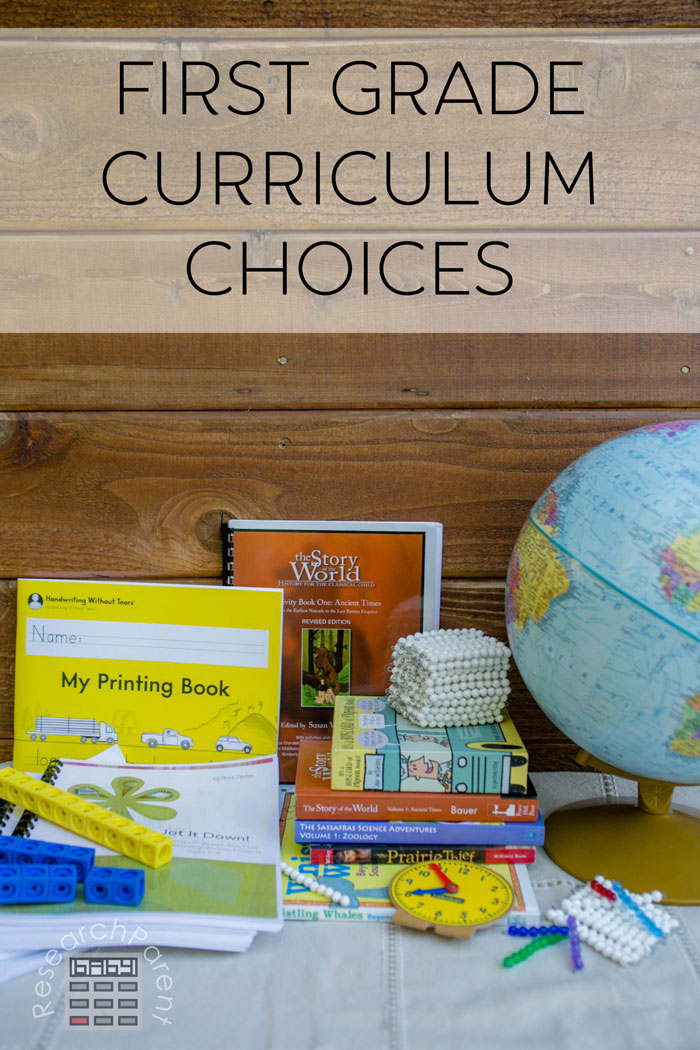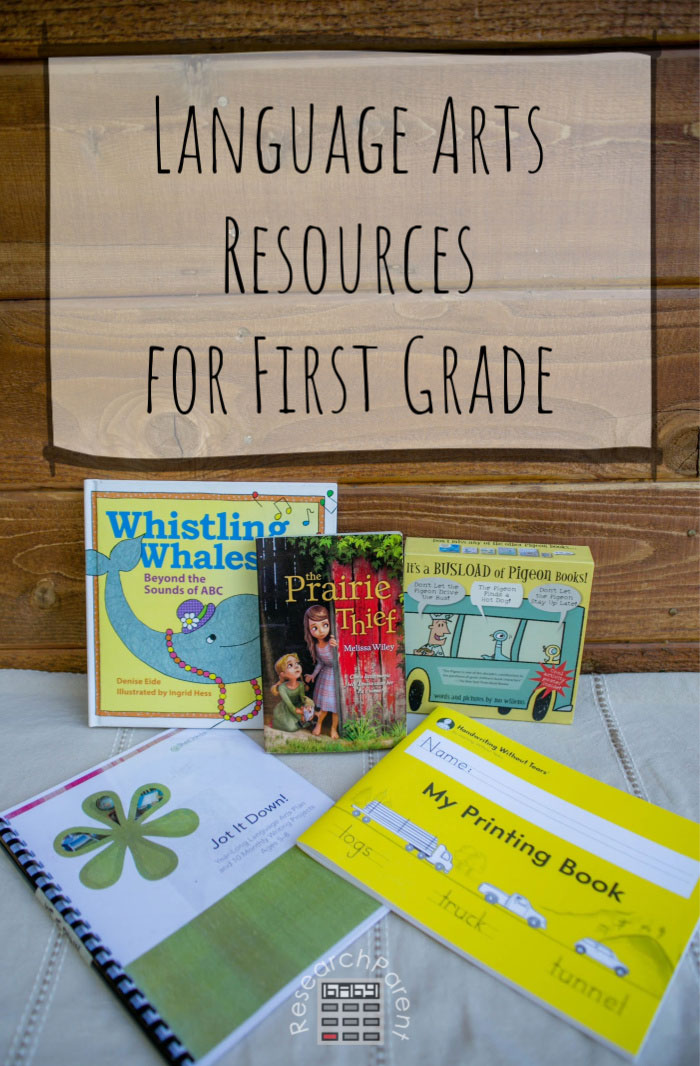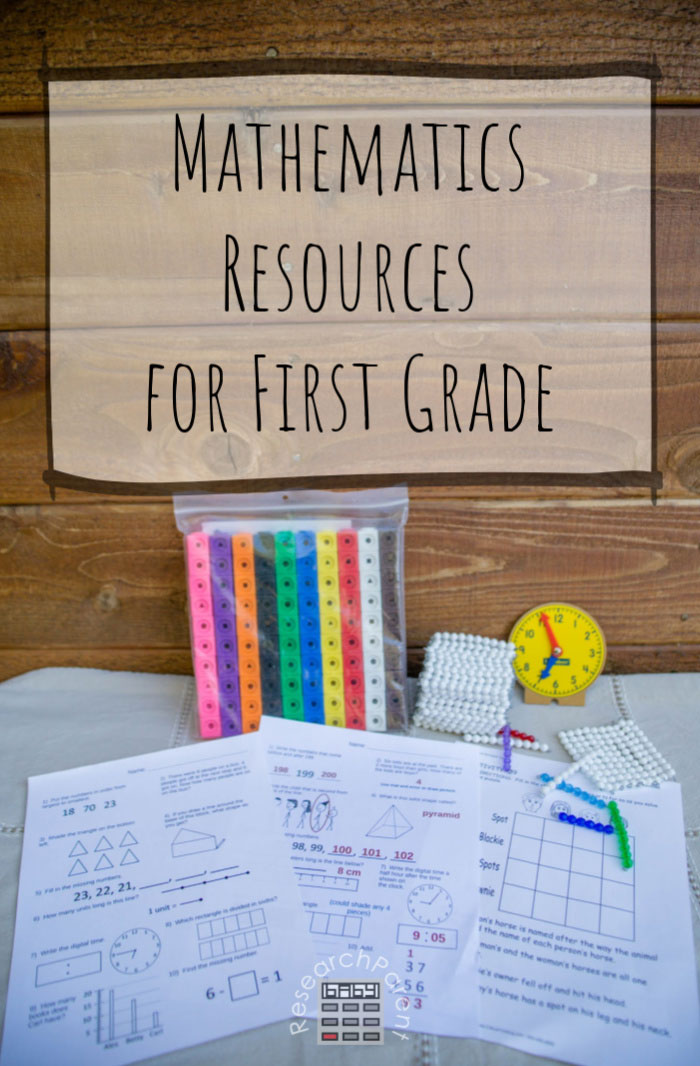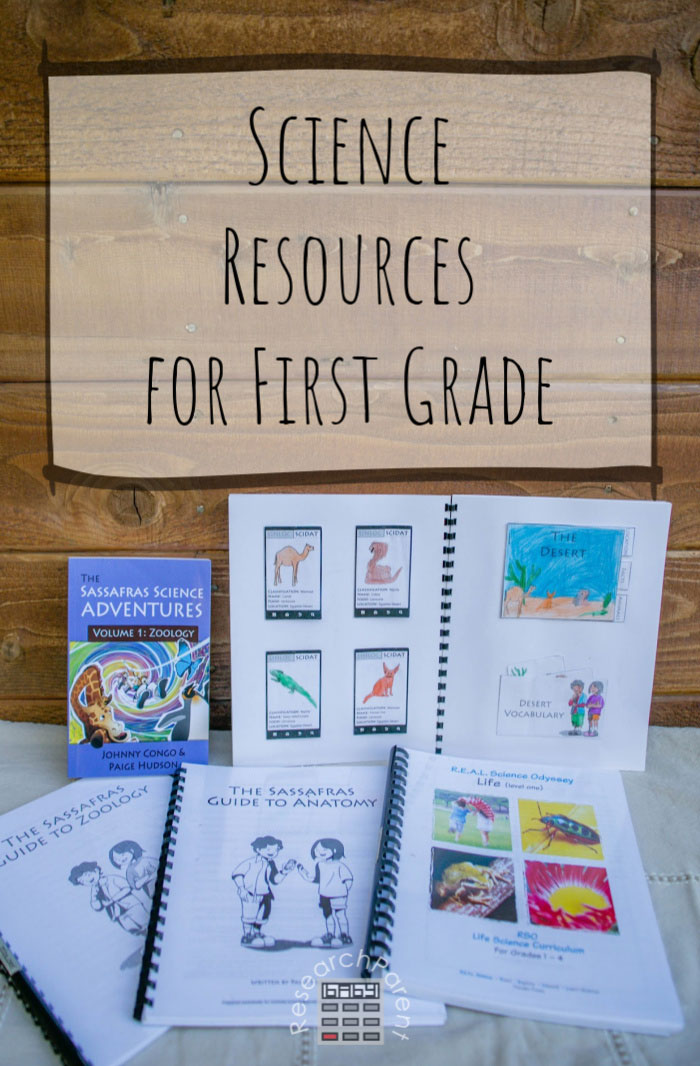In most families, first grade is considered a transition year. If the child were going to a traditional school, they would be expected to stay for a full day. It is the year in which many, but not all kids learn to read. Expectations can be high. Your child may start to realize that to many people, learning is not all fun and games. Our first grade curriculum choices reflect our desire to keep our child’s love of learning alive and allow them plenty of time to play.

The pressure can affect children. I encourage you to take a step back and relax. What your child fails to accomplish in first grade is not going to seriously impact the trajectory of their life. Especially if they are homeschooled, kids are able to come into to their abilities on their own timetable without any issues. Enjoy your 6 or 7 year old. They will only be this little once.
Also, skills that are difficult for a child to learn at a certain stage often come easily if you just give the child a little time. Don’t stress if your child does not seem to be retaining what you are trying to teach. When my daughter was in first grade, she had trouble remembering information like days of the week or the name of our hometown. I eventually gave up trying to teach them to her and now, a couple years later, she just knows them. Whatever it is, don’t worry, it will come!
Below is a summary of our family’s first grade curriculum choices by subject. Please note that we never fully complete any curriculum. While I tend to finish books that I’m reading aloud, I frequently choose just the activities that I think sound most interesting and beneficial. If our curriculum suggests activities or written work which doesn’t fit into our schedule, I have no problem skipping them. Leaving my kids plenty of unstructured time to play is a priority for me.
Language Arts

The most important language arts goal in first grade is continuing on the path toward becoming a reader. Some kids will be ready to start deciphering real books. Others will be through the first Harry Potter novels. Still others will have trouble remembering that “the” says “the.” Wherever your child is, don’t fret. To grow a reader, the most important skill to promote is helping your child learn to enjoy stories. Read alouds and audiobooks are more than sufficient.
Here are some resources that will be helpful to round out your child’s Language Arts education in first grade. You will not need all of these suggestions. While I have done all these activities with my children, I have not done them all with the same children all in the same year.
- Try to get your child hooked on a book series at an appropriate level. This will give them regular practice reading for pleasure.
- Also, be sure to regularly read aloud to your child. Choose both plenty of pictures books and longer chapter books. In first grade, my kids have enjoyed books like The Prairie Thief, Tales of a Fourth Grade Nothing, and Ramona the Pest. Here are some more book suggestions for early elementary.
- Invest in a couple poetry books for kids. Our family likes Where the Sidewalk Ends and The Random House Book of Poetry for Children. Use the books to regularly hold poetry tea time.
- Whistling Whales is a great book for teaching kids multi-letter phonograms, like “ch,” “sh,” and “ck.” Learning phonograms is not necessary, but basic familiarity makes both reading and spelling easier. Once they have mastered these, Knitting Knights is the last book in the series with more advanced phonograms. (If they are still working on single letter sounds, start with Doodling Dragons.)
- Check out Jot it Down for fun, creative ideas to get your kids writing. Here is some free illustration paper and lined paper I created for new writers.
- Practice printing skills with the first grade level Handwriting Without Tears workbook.
- If you would like a complete first grade language arts curriculum for children who are not yet confident readers, I recommend either The Wand or Foundations curricula. Foundations begins at teaching children letter sounds. The Wand assumes children are fairly confident with letters and moves straight into multi-letter phonograms and grammar rules. While at different times I have used both curricula as loose guides and like them, I have never felt the need to complete either.
- For children who are already reading and are ready for handwriting, copywork using A Quiver of Arrows is a great way to teach grammar, spelling, and writing skills.
Math

I take a very low key approach to math in elementary school. While I love math and fully intend to have my kids studying calculus by the time they are in high school, I don’t rush it. Especially in first grade, I would rather my kids maintain an open mind and a positive attitude towards math than have them experience math as drudgery.
In first grade, my child spends about 20 minutes per week on math. I have created my own minimalist math curriculum for my elementary-aged kids by looking through various purchased curricula and using them to create 10 problems for my kids to do each week. We work on them together using hands-on manipulatives if needed.
Here are some math resources that you might find helpful.
- The cornerstone of my first grade math plan is my free printable first grade minimalist math curriculum that I created for my kids using problems from various traditional curricula. If nothing else, we always be sure to do these hand-selected 10 problems each week.
- I like to use Montessori-style manipulatives to help kids learn place value. Here is a set on Amazon and here is the DIY set that I made several years ago and still use with my kids. I love all of Montessori’s hands on learning material. You can find more free Montessori math material that I created here.
- Interlocking cubes will be more helpful in second and third grade when kids learn to regroup, but can be useful for simple addition and subtraction in first grade.
- A teaching clock is very helpful in teaching your child to tell time.
- To practice adding single digit numbers, we have used Addition Facts that Stick by Kate Snow. This includes both games and worksheets. My kids LOVE the games, but since I haven’t been overly concerned with their adding skills, we only play them about once a month. We don’t do anywhere near all the worksheets. My kids do about 2 of the worksheets per month. I have also used these resources on my Addition and Subtraction page to help my kids gain fluency with basic math facts.
- For a fun way to practice adding to 10, try the game Clumsy Thief Junior. For adding to 20, try Clumsy Thief in the Candy Shop.
- Logic puzzles may not be exactly math, but they are so fun and help children learn to think critically. I make them a regular part of our homeschool for all my kids and include them in my math folders in my homeschool crate system. For first grade, I use this Mind Benders Level 2 Book.
Science

As is my general approach with all science and social science, if you have an older elementary-aged homeschooling child, plan your science around them. Whatever you decide to do with your older child, find a way to include your younger children. You would be surprised what young children are capable of understanding. This past year, since my fourth grader studied chemistry, I had my kindergartner and second grader filling out electron shells as well. Will they retain it all? Probably not. But when they’re older and presented with terms like nucleus, protons, and molecules, they won’t be intimidated.
If your oldest child is in first grade, here are some science resources I have used and recommend:
- My kids LOVE Sassafras science, a living book based curriculum supported by written work and activities. It is an adventure story following a set of twins who learn all about different areas of science. While not necessary, the story line will make the most sense if the books are read in order. Secondary characters reappear in later novels, though they are always reintroduced. The first year of curriculum includes Zoology and Anatomy. If you decide to do this curriculum, you will need either the book or audiobook, the teacher’s guide, and the lapbook or Scidat logbook. Personally, I choose to have my kids do the lapbook rather than the Scidat logbook as it involves less writing. You can see some of our lapbooks in this review. I cut out all the pieces over the summer to make it easy during the school year. I file them away in our homeschool crate system.
- The other science curriculum we have used is REAL Science Odyssey from Pandia Press. I really like this curriculum. Honestly, I kind of prefer this one over Sassafras, though my kids disagree. I feel like it is very thorough and doesn’t take an excessive amount of time. The experiments are doable and fun and usually the worksheets can be completed in about 10 minutes. Even when we use Sassafras as our primary curriculum, I like to pull experiments and worksheets from the corresponding Pandia Press curriculum. (They make great samples for our charter school.) Though all of the REAL Science Odyssey curricula is meant for a broad age range, the recommended curriculum for first grade is Life: Level 1. This is a very gentle, but surprisingly rigorous introduction to the field of biology. If you decide to do Sassafras, you definitely do not need this guide, but note that it does include sections on animals and anatomy (the topics covered in Year One of Sassafras.)
Social Science

So far our family has only used one social science curricula in first grade: Story of the World. We just completed the four year curriculum this past school year. Since I like variety, next year we are planning to try the 4 year History Quest sequence from Pandia Press. If I don’t like it, I will happily go back to Story of the World.
Here are my recommended resources for Social Science in first grade.
- If you do not have older homeschooling children, start with Story of the World Volume 1: Ancient Times. It is the most appropriate volume for 1st grade. However, if you have an older child doing a later volume of Story of the World, just have your younger child join in where ever you are in the series. The only caveat is if you are doing Volume 4: Modern Times, it is not recommended for children under 4th grade due to the violent nature of modern history. I disregarded this recommendation and don’t think my young kids were traumatized, but be aware so you can decide what is appropriate for your family.
- When I was doing Ancient Times with my oldest back when he was in first grade, somehow I had no idea there was an accompanying Activity Guide. Since I didn’t know there was an Activity Guide, back when we did Ancient Times, instead I used Evan Moor’s History Pockets: Ancient Civilizations. I think this is a really high quality product and our family has enjoyed several History Pockets. (Just FYI, Evan Moor has a service called TeacherFileBox.com in which you pay $100/year for the ability to print (but not save) ALL of their printables. They have A LOT. Depending on what you decide, this might be well worth the investment.)
- We have used the Story of the World Activity Book for the last 3 volumes. There are way too many ideas in these guides to fit into a school year. All I have chosen to pull from the activity guides are the map work, chapter summaries, and occasionally coloring pages. Very rarely have we done the hands-on activities or supplemental reading, but the activity guide is still well worth having. It is a treasure trove of suggestions.
- There is also a Story of the World audiobook narrated by Jim Weiss (our favorite storyteller). If you do a lot of car travel, the audiobook is great. Since I do not, and my kids and I have trouble paying attention to audiobooks at home, I prefer to read aloud to my kids.
- In case you are interested, Story of the World volumes also have an accompanying book of tests. So far, I have never used the tests.
- I highly recommend investing in a globe and world map. If you have space, a large laminated wall map is nice so you can mark on it. If not, they make relatively inexpensive, foldable fabric maps that are practically indestructible. We got one at Target for just a few dollars.
- Geopuzzles are also a fun way to learn about geography.
I hope our family’s first grade curriculum choices are helpful to you. Whatever you decide, I am sure your child will get an excellent education. I wish you lots of luck on your homeschool journey!
The post First Grade Curriculum Choices appeared first on ResearchParent.com.
